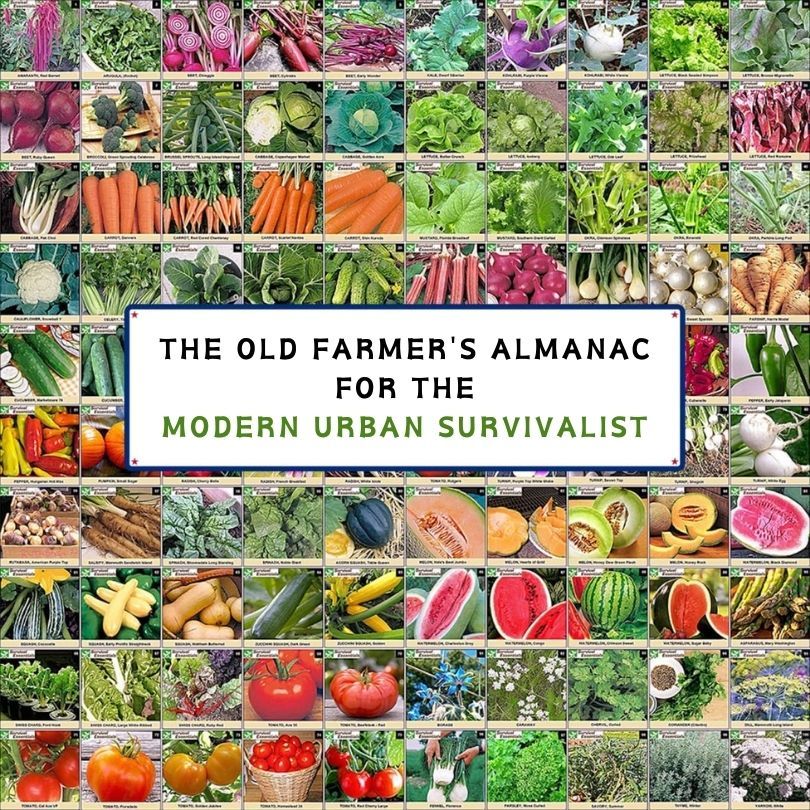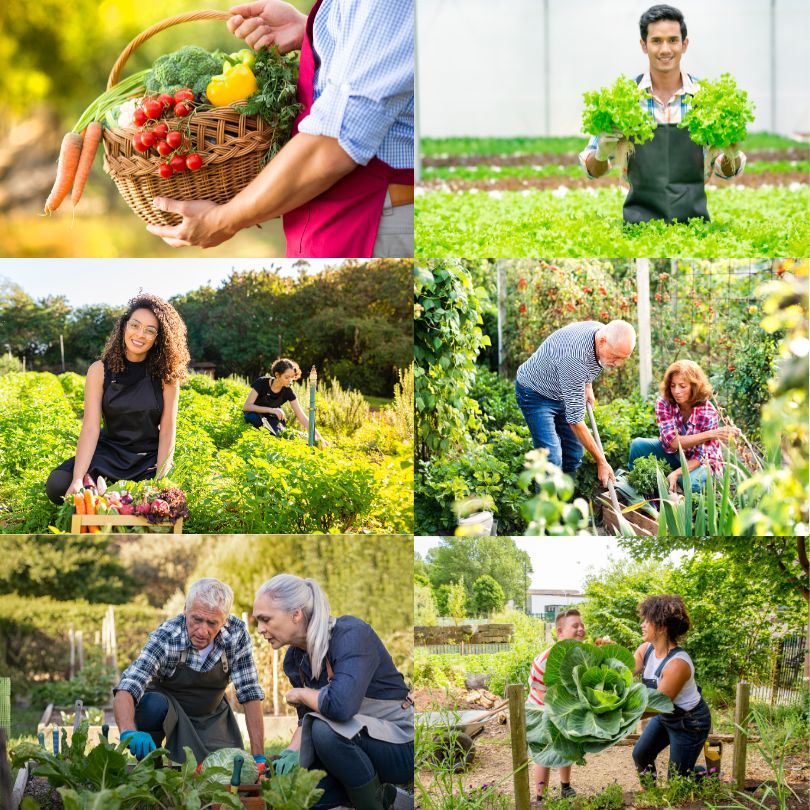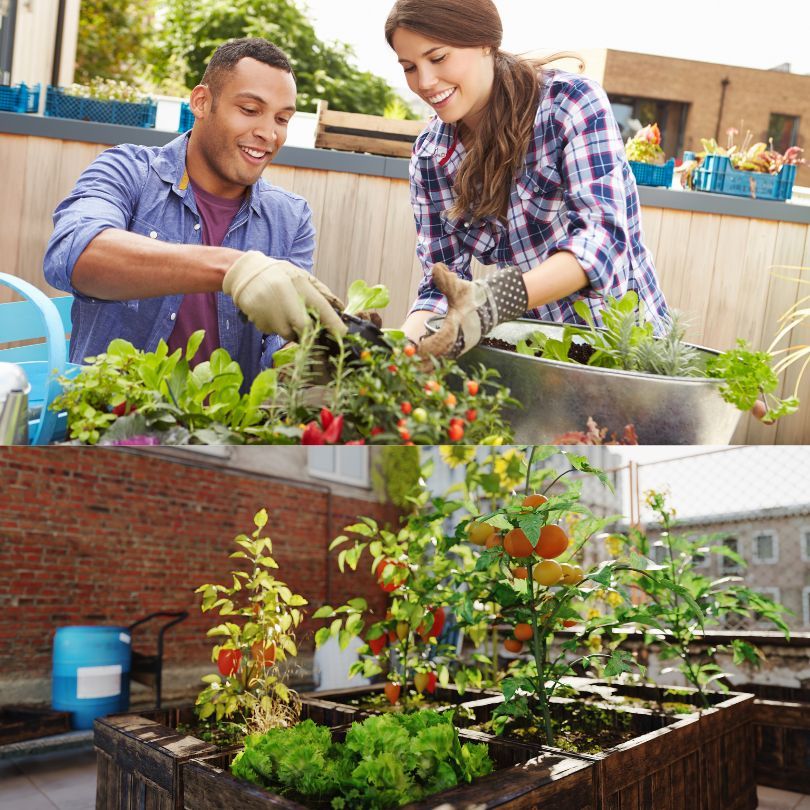
Welcome to the world of urban survival, a place where concrete jungles and high-rise havens demand a unique set of skills to thrive and endure. Whether you’re a seasoned prepper or a newcomer to the concept of urban readiness, this guide is designed to equip you with the knowledge to navigate the complexities of city survival.
Key Takeaways
Understand core urban survival fundamentals for a solid preparedness foundation.
Develop a proactive mindset that prioritizes preparation over panic.
Learn how to adapt ancient almanac insights for modern urban resilience.
Discover essential items for your urban survival kit, including must-have technology.
Gain practical skills for navigating the urban landscape during emergencies.
Urban Readiness: Mastering Modern Survival Skills
Urban survival isn’t just about enduring a disaster; it’s about thriving in the face of everyday challenges. With the right skills and knowledge, you can turn your city into a fortress of self-reliance.
Most importantly, the cornerstone of urban survival is a proactive mindset. It’s about being aware of your environment and understanding the unique challenges it presents. Because when the unexpected happens, the right mindset can make all the difference between chaos and control.
Core Survival Fundamentals
Let’s start with the basics. Urban survival is grounded in several key fundamentals that form the bedrock of your preparedness strategy:
Water sourcing and purification
Food storage and urban foraging
Shelter considerations and temperature control
Personal safety and self-defense
Emergency medical knowledge and first aid
By mastering these areas, you’re laying the groundwork for comprehensive urban survival preparedness.
Preparation Versus Panic: The Mindset for Success
Preparation is the antidote to panic. When you’re prepared, you can respond to emergencies with confidence and clarity. Therefore, begin by assessing the risks unique to your urban environment. Is it extreme weather, power outages, or perhaps civil unrest? Identifying these risks is the first step in crafting a tailored survival plan.
Then, take action. Gather resources, learn skills, and make connections with your community. Besides that, remember to stay informed. Up-to-date information is critical in an evolving situation, and being in the know keeps you one step ahead.
Therefore, build your resilience by staying adaptable and ready to pivot as situations change. This isn’t just about having a plan—it’s about being able to modify it on the fly to suit the immediate needs of the situation.
Evolving the Old Farmer’s Wisdom
There’s timeless wisdom in the old ways of doing things, and this is especially true when it comes to survival. The Old Farmer’s Almanac, with its long-standing tradition of offering practical advice, can serve as a beacon for the modern urban survivalist.
However, to make the most of this ancient knowledge, we must adapt it to fit the context of our urban lives. This means taking the essence of traditional survival strategies and molding them to address the unique challenges we face in the city.
Adapting Ancient Almanac Insights for Urban Resilience
One of the most valuable insights from almanacs is the understanding of natural cycles. Urban survival requires a similar awareness of the ebb and flow of city life. By observing patterns in traffic, human behavior, and even the changing seasons, you can better predict and prepare for potential disruptions.
Climate Challenges and Urban Adaptation
Climate change poses significant risks to urban areas. Extreme weather events, rising temperatures, and unpredictable storms are becoming the new normal. To adapt, cities are exploring innovative solutions like transforming graffiti walls into vertical gardens for survival and prepper purposes.
Creating an emergency plan that addresses the specific climate risks in your area.
Reinforcing your living space to withstand severe weather.
Understanding the urban heat island effect and strategies to stay cool.
These steps can help you maintain safety and comfort during climate-related challenges.
Essential Survival Kit Items
No urban survival guide is complete without a well-thought-out survival kit. This kit should be tailored to your needs and the specific challenges of your urban environment.
Here’s a quick rundown of what you should consider including: cost-effective ways to develop your survival garden.
A reliable water filter and purification tablets
A multi-tool with various functions
A compact, yet comprehensive first-aid kit
Non-perishable food items that are easy to prepare
A hand-crank or solar-powered charger for your devices
Remember, this is just the starting point. Your urban survival kit should evolve as your skills and understanding grow. For more detailed guidance on preparing your household for emergencies, consider reading health emergencies preparation tips from The Old Farmer’s Almanac.
Pack Like a Pro: Urban Survival Edition
When it comes to packing your survival kit, every item must serve a purpose. Space is at a premium, so choose items that are versatile and compact. For example, a flashlight that doubles as a self-defense tool or a scarf that can be used for first aid.
Must-Have Tech for the Concrete Jungle
Technology can be a lifesaver in an urban survival scenario. Items like a solar-powered radio can keep you informed, while a portable power bank ensures that your phone stays charged when you need it most.
In the next sections, we’ll dive deeper into navigating the urban landscape during emergencies, practical skills for urban survival, and strategies for long-term resilience. And remember, for a detailed collection of survival essentials tailored to modern needs, you can Learn More and explore a curated selection of resources.
Navigating your way through the maze of city streets and alleys is one thing on a regular day, but during an emergency, it can become a complex web of danger. That’s why having safe routes and evacuation strategies mapped out in advance is crucial.
Safe Routes and Evacuation Strategies
Start by identifying multiple routes out of your neighborhood to various safe zones. Consider different modes of transportation, including walking, biking, or driving, and keep in mind that some roads may be impassable. Always have a physical map on hand, as digital maps may not be accessible during power outages or network failures.
Urban Foraging and Resource Identification
Believe it or not, the urban environment is teeming with edible plants and resources—if you know where to look. From dandelion greens in the park to wild berries along a railway, urban foraging can supplement your food supply in times of need.
However, it’s critical to know what’s safe to eat. Invest time in learning about local plant life and consider carrying a guidebook as part of your survival kit. Just as important is knowing where to find other resources, such as water sources and shelters, which can be lifesavers in an emergency.
Practical Skills for Urban Survival
When the going gets tough, the tough get resourceful. Practical skills such as DIY repairs and upcycling can significantly improve your chances of surviving and thriving in an urban disaster scenario.
DIY Repairs and Upcycling for Sustainability
Understanding basic repair skills can extend the life of your gear and shelter. Whether it’s fixing a leaky faucet to conserve water or patching up a backpack, these skills are invaluable. Upcycling also plays a key role in urban survival—turning old items into useful tools or equipment can save you a trip to the store and conserve resources.
For instance, an old tire can be repurposed into a garden planter, and a broken umbrella could become a water catchment system. The possibilities are endless when you apply creativity and resourcefulness.
Learn to repair common household items with simple tools.
Identify everyday objects that can be repurposed in new, useful ways.
Practice upcycling projects to turn waste into resource.
Acquiring these skills not only prepares you for emergencies but also promotes a sustainable lifestyle.
Self-Defense and Situational Awareness
In any crisis, personal safety should be a top priority. Self-defense is more than just physical combat; it’s about situational awareness—being able to read your environment and anticipate potential threats before they arise.
Training in self-defense techniques can empower you, but the key is to avoid dangerous situations in the first place. Stay alert, trust your instincts, and know when to remove yourself from a situation that doesn’t feel right.
Moreover, understanding the psychology of stress and fear can help you stay calm and make rational decisions under pressure.
Community and Communication

Survival is not a solo endeavor, especially in an urban setting. Building a network of trusted individuals and community resources can significantly enhance your resilience during emergencies.
Building a Support Network Before Crisis Hits
Get to know your neighbors and local community members. Discuss emergency plans and share resources. In times of need, these relationships can be as crucial as any survival gear.
Consider joining or forming a local emergency response group. Such groups often have access to additional resources and training, which can be invaluable when disaster strikes. For more information on how to improve your preparedness, check out these urban survival gardening tips.
Back to Basics: Non-Digital Communication Techniques
In an age where digital communication is king, it’s easy to forget the value of basic, non-digital communication methods. In a power outage or network disruption, knowing how to use a hand-crank radio, send a distress signal, or even use Morse code could be your lifeline.
Keep a list of emergency contact numbers written down and establish a meeting point for family and friends in case you get separated and cannot communicate electronically.
Long-Term Urban Survival Strategies

As we move beyond the immediacy of a crisis, our focus shifts to sustainable living in an urban environment. Long-term survival isn’t just about enduring; it’s about thriving and adapting to new realities. It involves creating systems that will support you and your loved ones for the foreseeable future.
Key to this is the ability to maintain health and wellness, alongside developing reliable sources of food and water. These strategies aren’t just for ‘after the disaster’ scenarios—they’re applicable now, to ensure you’re always at your best, no matter what life throws your way.
From rooftop gardens to rainwater collection systems, the modern urban survivalist looks to innovative solutions to create self-sufficiency in the heart of the city. Let’s delve into these strategies and understand how they can be implemented in your daily life.
Maintaining Health and Wellness in Urban Environments
Your health is paramount, and in an urban survival situation, it becomes even more critical. Regular exercise, a nutritious diet, and mental health care are all part of maintaining your wellness. It’s also vital to have a plan for medical emergencies, which includes a well-stocked first aid kit and knowledge of basic first aid procedures.
Moreover, in a prolonged crisis, public health services may be overwhelmed, making it essential to have some basic health knowledge. This includes understanding how to treat common injuries, manage chronic conditions, and recognize symptoms that require professional medical attention.
Creating Sustainable Food and Water Sources
When supply chains are disrupted, having access to food and water becomes a top priority. Here are some strategies for ensuring you have what you need, including resilient gardening tips to create sustainable food sources.
Start a small vegetable garden, even if it’s just in containers on a balcony.
Learn how to harvest and store rainwater safely for future use.
Consider aquaponics or hydroponics as space-efficient methods for growing food.
These techniques not only provide sustenance but also a sense of control and normalcy during uncertain times.
Frequently Asked Questions
Let’s tackle some common questions about urban survival, providing you with clear, actionable answers that can help you become more prepared and resilient. For more in-depth guidance, check out our ultimate guide to no-till lasagna beds for survival gardening.
How Can I Update My Survival Skills for the Modern World?
Survival skills evolve, just like the world around us. To stay current, actively seek out new information and training opportunities. Online courses, community workshops, and practical experience are all great ways to keep your skills sharp. Additionally, stay informed about new technologies and strategies that can aid in urban survival.
What Are the Most Unexpected Items in an Urban Survival Kit?
Some items that might surprise you include:
A whistle for signaling in noisy environments.
Duct tape for quick repairs and countless other uses.
A USB drive with important documents and emergency contacts.
These items are small but can be incredibly useful in a variety of situations.
How Do I Identify Safe Evacuation Routes in My City?
Identifying safe evacuation routes involves researching and planning. Use city resources, such as emergency management websites, to learn about official evacuation routes. Then, physically walk or drive these routes to familiarize yourself with them. Always have alternative routes in mind, as the primary ones may be congested or inaccessible.
How Can I Make My Home More Self-Sufficient in Case of an Emergency?
To make your home more self-sufficient:
Invest in solar panels or a generator for an independent power source.
Store non-perishable food and water supplies for several days or weeks.
Learn skills like sewing and basic carpentry for making repairs and creating necessities.
These steps can reduce your reliance on external services and supplies, and for those interested in sustainable living, consider mastering square foot gardening to maximize your food production in limited urban spaces.
What Are Some Common Myths About Urban Survival?
One myth is that you need to have a rural retreat to survive. In reality, urban environments offer resources and community support that can be just as valuable. Another myth is that looting is inevitable in a crisis. While it can happen, most people come together to help each other in times of need. For more insights on preparing for emergencies, check out these health emergency preparation tips.
Remember, the best way to prepare for any scenario is to stay informed, be adaptable, and foster a strong community network. And if you’re looking to deepen your knowledge and resources, don’t hesitate to Learn More about the essentials for modern urban survival.







Leave a Reply